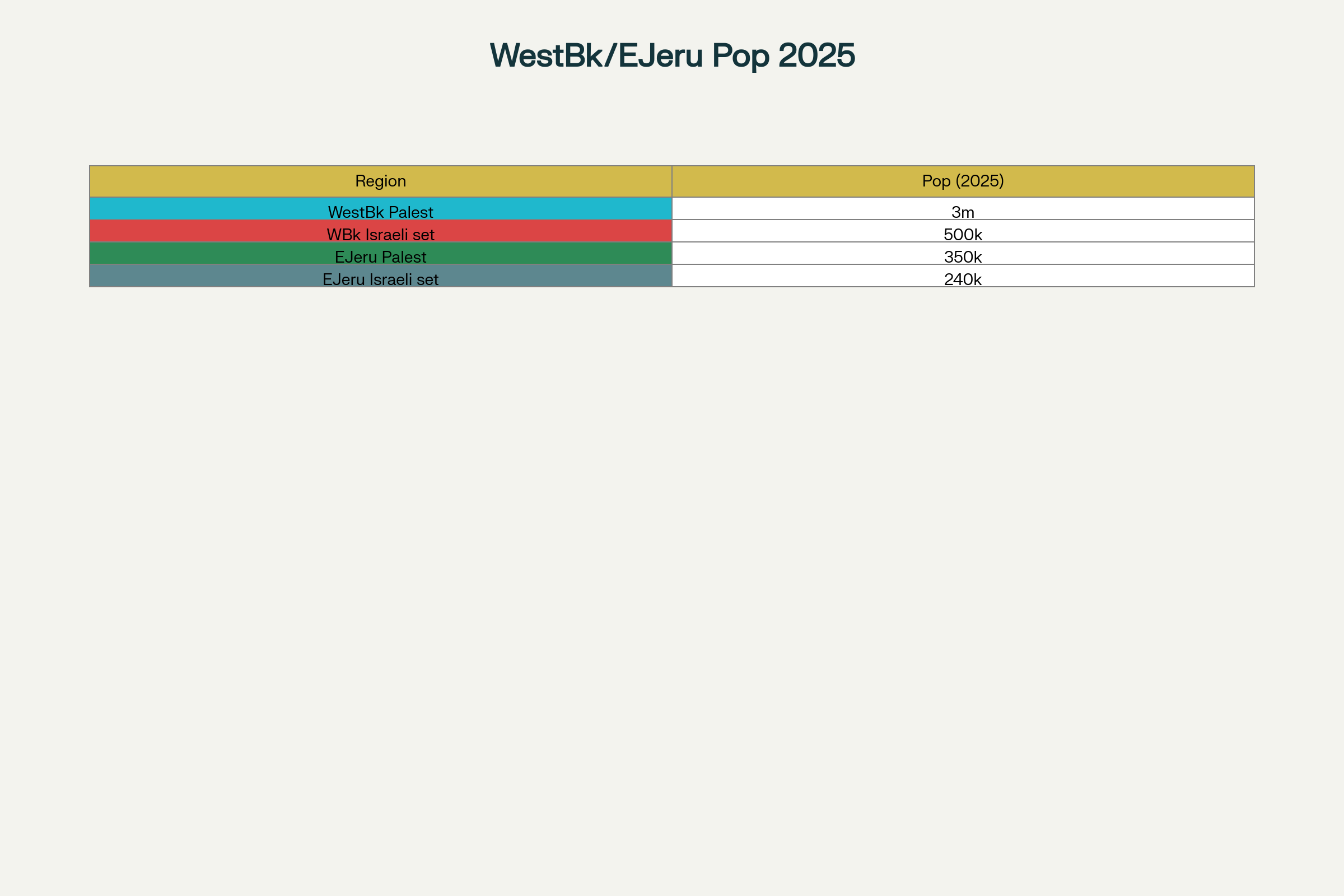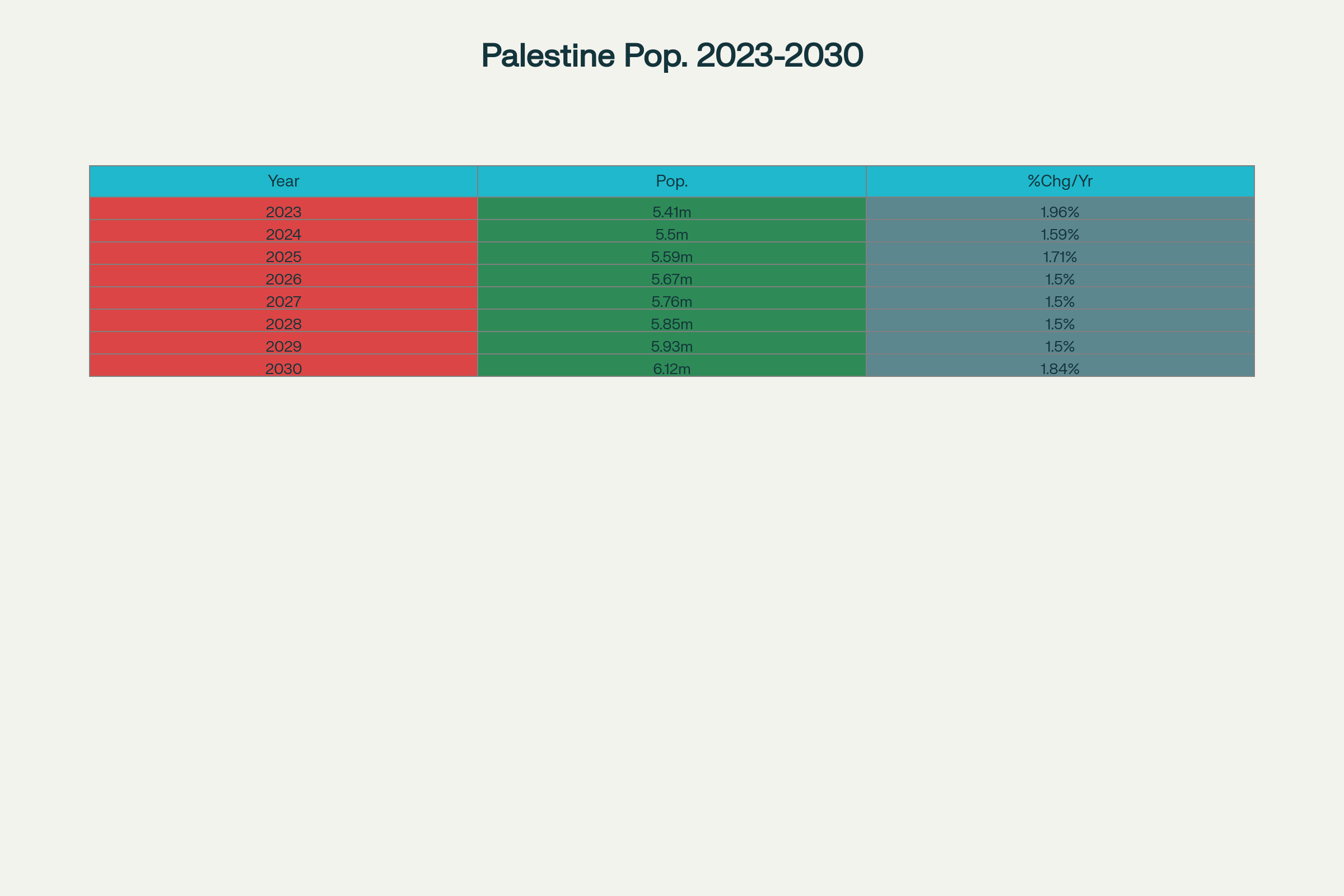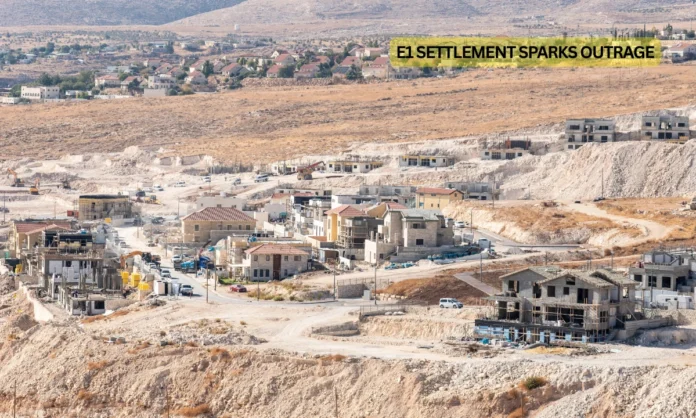Key Highlights:
- Israel officially approved the E1 settlement project in August 2025, setting the stage for constructing over 3,400 housing units east of Jerusalem in the occupied West Bank
- Critics believe the E1 settlement project would bisect Palestinian territory, undermining any practical possibility of a contiguous, viable Palestinian state with East Jerusalem as its capital
- The move drew immediate condemnation from the United Nations, European states, and the Palestinian Authority, which emphasized severe geopolitical and humanitarian consequences
Opening Overview
The Israeli government’s approval of the E1 settlement project marks a watershed moment in the decades-long Israeli-Palestinian conflict. The E1 settlement project, encompassing more than 3,400 homes on a strategically located 12-square-kilometer corridor between Ma’ale Adumim and East Jerusalem, has been described as the single most consequential development in West Bank territorial policy in years. Initiated after years of diplomatic freeze, the plan’s advancement in August 2025 unfolded against a backdrop of rising regional tensions and renewed violence in the occupied territories. The international community immediately voiced concern, warning that the E1 settlement project risks ending hopes for a two-state solution at a time when violence and instability are already escalating.
E1’s Geopolitical and Strategic Significance
- The E1 settlement project is uniquely positioned to control the last geographical corridor between northern and southern Palestinian areas in the West Bank
- The planned construction would impose major logistical and humanitarian barriers on Palestinian movement between Ramallah and Bethlehem
The E1 corridor stands as a critical land bridge, physically linking major Palestinian population centers. The area’s importance goes beyond real estate: it is integral to the territorial contiguity needed for a functioning Palestinian state. By situating the E1 project between East Jerusalem and Ma’ale Adumim, Israel aims to solidify its grip on the Jerusalem metropolitan area and extend a belt of settlements that fragments Palestinian lands. Currently, Palestinians must traverse lengthy routes with multiple Israeli checkpoints; the completion of E1 would permanently embed these obstacles, making direct north-south transit for Palestinians nearly impossible.

Since the plan’s original approval in 1999, E1 has remained frozen due to persistent international opposition, particularly from the United States and the European Union. The area has long been recognized as a “red line” for the global consensus supporting the two-state vision. Yet, in 2025, far-right factions within Israel’s government succeeded in moving the project forward, declaring it essential for Israeli security and national claims to a “united” Jerusalem.
Legal and International Response
- Most of the international community considers all Israeli settlements in the West Bank illegal under international law
- The E1 settlement project has prompted fresh warnings from the United Nations, EU foreign ministers, and Western states regarding the viability of a two-state solution
Israeli settlement construction in the occupied West Bank, including in E1, is widely recognized as a violation of international law, particularly according to Article 49 of the Fourth Geneva Convention. UN Security Council resolutions, including 2334 (2016), specifically label such settlements as illegal and a “major obstacle to peace.” In August 2025, the UN and European governments renewed their condemnation, stating that the E1 settlement project would critically undermine any prospects for a future Palestinian state and contravene Israel’s obligations under international statutes and numerous peace accords.

Israel’s government disputes the international legal consensus, insisting on historical and security-driven claims to the territory. However, the growing diplomatic isolation in the wake of these decisions has been marked, with several international partners recalling ambassadors, issuing coordinated statements, and warning of further political repercussions.
Ramifications for Palestinians and Regional Stability
- The West Bank is home to approximately three million Palestinians and about 500,000–700,000 Israeli settlers
- The E1 settlement project would forcibly displace Palestinian residents in the planned construction area and tighten restrictions on broader Palestinian movement
Residents and human rights groups have stated that the E1 settlement project will intensify the already severe constraints faced by Palestinians in the West Bank, who endure daily movement restrictions, rising settler violence, and land seizures. The expansion of settlements is closely linked with increased Israeli military operations, demolition of Palestinian homes, and further isolating East Jerusalem from the rest of the West Bank. International observers warn that the project could transform Palestinian localities into isolated enclaves or “cantons,” fundamentally severing the remaining fabric of Palestinian society in these areas.
In the region surrounding the E1 corridor, roughly 5,000 Palestinian residents have already received evacuation orders as part of the settlement’s initial phase, with home demolitions possible as soon as late August 2025. This development compounds the humanitarian crisis and erodes the basic rights and economic livelihood of local populations, drawing attention from international humanitarian organizations.
E1 Approval: Timeline, Politics, and Next Steps
- The E1 plan involves significant political maneuvering and has been revived in direct response to recent international moves towards recognizing Palestinian statehood
- Construction on infrastructure could begin within months, with new housing units following within a year, according to Israeli advocacy groups
The E1 settlement project’s sudden approval follows years of impasse, with final authorization attributed in large part to the influence of far-right Israeli Finance Minister Bezalel Smotrich and his coalition partners. The timing coincides with renewed talk of Palestinian recognition at the United Nations General Assembly and increasing calls by Western governments to restart peace negotiations. The Israeli Supreme Planning Council, having dismissed numerous objections from civil society and advocacy organizations, is expected to issue final regulatory consent imminently, removing the last bureaucratic barriers to new construction.
This policy shift is described by both critics and supporters as “irreversible,” establishing new facts on the ground that future governments or negotiation frameworks may be unable to undo. Domestic political dynamics in Israel—marked by a government increasingly reliant on settler support—have propelled the E1 settlement project despite the anticipated international blowback. In practice, this move signals Israel’s intent to decide its final borders unilaterally while effectively foreclosing the possibility of a negotiated two-state outcome.
Closing Assessment
The E1 settlement project represents a pivotal turning point in Israeli settlement policy and Israeli-Palestinian relations. If implemented, the project will fundamentally reconfigure the geography of the West Bank, physically dividing Palestinian territories and erasing the practical basis for a viable state with East Jerusalem as its capital. Despite forceful condemnation from the United Nations, European governments, and global rights organizations, Israel’s leadership remains determined to accelerate settlement expansion, citing national security and strategic interests.
With international diplomacy under increasing strain and regional tensions at a high, the E1 settlement project has become a litmus test for the world’s resolve to uphold international law and support the long-promised two-state solution. The coming year will determine not only whether large-scale settlement construction proceeds in E1 but whether the vision of a Palestinian state will ever be realized.


